How many more massacres?
Pakistan is struck with amnesia about the Hazaras every time a massacre takes place, this one will be forgotten too.
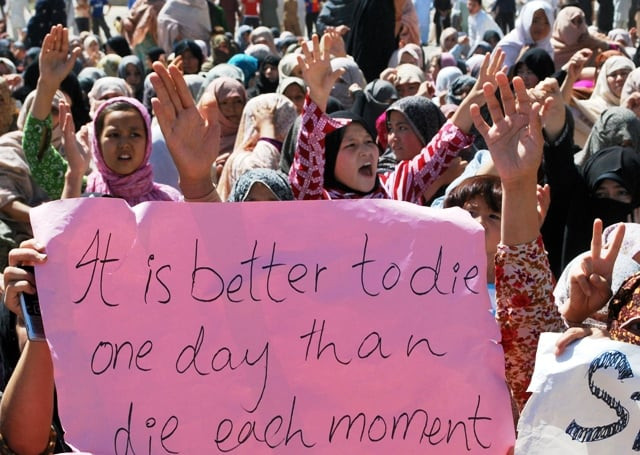
Pakistan is struck with amnesia about the Hazaras every time a massacre takes place. The one on the last Eidul Fitr was forgotten; this one will be forgotten too. In the last three years, 230 of them have lost their lives as citizens of Pakistan. When Pakistan was supporting the Taliban regime in Afghanistan starting 1996, it began offering the sacrifice of its citizens to Mullah Umar and his renegade state as proof of its loyalty. And the killings didn’t begin in the 1990s but much before, around the time of General Zia’s Islamisation when the s0-called jihad against the Soviet Union was in full swing. The state tolerated the killing of the Shia by the Taliban in Mazar-e-Sharif, and did nothing when the Taliban regime that it supported in Kabul went after the Hazara in their heartland of Bamyan. In 2001, following America’s invasion of Afghanistan, al Qaeda fighters escaped to Pakistan and found shelter here, thanks in part to a network of sympathisers. When this happened, many of the homegrown sectarian killers found a readymade host in al Qaeda with its virulently anti-Shia ideology. In 2003, when the Shia were massacred during Ashura in Quetta, the local Shia leaders showed pamphlets issued by all major madrassas of Pakistan which had declared their sect as heretical.
The main sectarian organisation called Sipah Sahaba circumvented the ban placed on it by splitting into several smaller parts, and as it did this, the state did nothing. One splinter was the Lashkar-e-Jhangvi and the other was the Jaish-e-Muhammad. The first has joined al Qaeda as a member of Brigade 313 where Tehreek-i-Taliban and Jundullah are featured together with members of al Qaeda. The Lashkar and Jaish are both products of south Punjab, based in Bahawalpur and Rahimyar Khan respectively with links to the madrassa network headed by a well-known seminary in Karachi.
Pakistan’s turning away from the international community, as symbolised by its pulling out of the IMF programme and its escalating estrangement from America, could well place it in a completely isolationist corner. In fact, if that were to happen, it will only further encourage the forces of obscurantism and extremism, which have already made their significant presence felt across the length and breadth of Pakistani society. In this context, the assassination in Kabul through suicide bombing of the leader of the Tajik community in that country, Burhanuddin Rabbani, also on September 20, could further push Pakistan into this isolationist corner, not least because the rest of the world assumes, rightly or wrongly, that most Taliban attacks inside Afghanistan originate from Pakistan. Those who think that terrorism started in 2001 because Pakistan joined America’s war on terror, should know that attacks on Shias have been happening since the 1980s and since that period non-state actors have been involved in them, and that most of these have links to the Taliban and al Qaeda of today. The question to ask is: how many more massacres are we going to see of the Shias before we wake up and decide to purge the monster of sectarianism from within us?
Published in The Express Tribune, September 22nd, 2011.


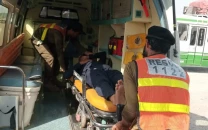
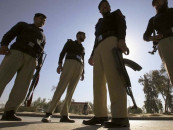
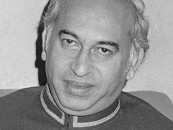

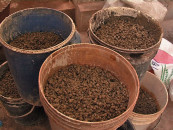












COMMENTS
Comments are moderated and generally will be posted if they are on-topic and not abusive.
For more information, please see our Comments FAQ